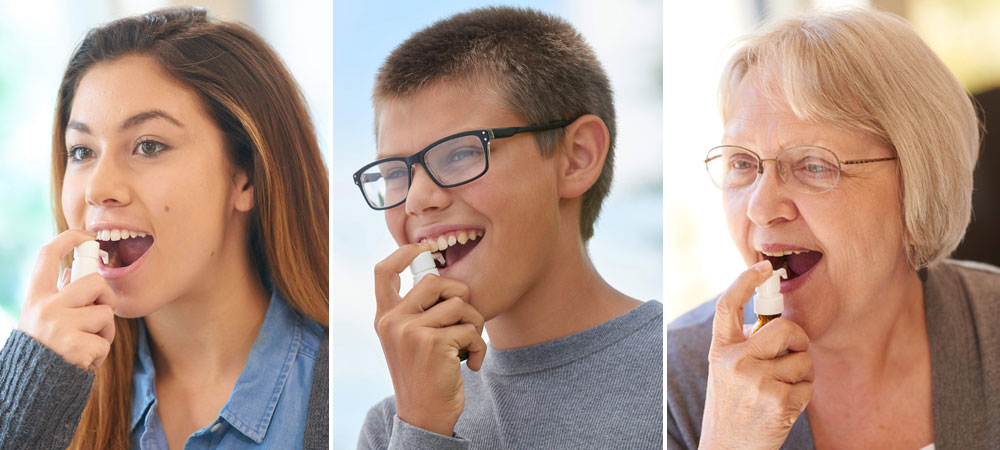Why it’s Important to Keep Taking Your Allergy Drops

Deciding to bite the bullet and treat the cause of your allergies instead of treating symptoms temporarily can seem like a big commitment. And while patients know the commitment when they begin allergy immunotherapy, many may experience reduced symptoms early on in treatment and are tempted to stop treatment before directed.
Stopping immunotherapy (or any medication) without guidance from your provider is never advised. This blog explains why it’s critically important to stay on the personalized treatment path prescribed to those taking allergy drops following the La Crosse Method™ Protocol.
How long will I take allergy drops?
Allergy drop immunotherapy following the La Crosse Method typically takes three to five years for patients to complete. For those treating food allergies or highly complex allergies, it can take longer to build tolerance safely and effectively.
Immunotherapy takes time because it’s slowly introducing your body to your problem allergens. Each prescription contains a slightly higher amount of your problematic allergens – enough to build tolerance over time, but not too much to cause allergic reactions. This is one of the reasons treatment following the La Crosse Method is so safe.
Here are the three phases of treatment:
- 0 to 3 months: Body adjusts to treatment, and minor oral itching, if it occurs, should subside
- 3 months to 2 years: Symptoms decrease as allergen tolerance increases
- 2 to 5 years: Body learns to no longer react to allergens long term
When will I feel better?
Throughout treatment, the body learns not to react when exposed to allergens, so during phase two, a patient may start to feel mildly itchy rather than a full-on allergic mess when they’re outside during the fall, for example. When they start feeling little or no symptoms, patients may see this as a reason to stop treatment – but this is a mistake you don’t want to make during your allergy treatment journey.
While patients may be feeling better, the key to long-lasting tolerance is to continue treatment through phase three – as directed by your provider and guided by your pharmacist – until all allergens in your allergy drops have been escalated to their full dose and your body memorizes tolerance.
Why should I continue treatment when I feel better?
By continuing treatment until the very end (when you’ve been symptom-free on a maintenance dose for at least a full year), your body is building long-term tolerance so that you can continue to recognize allergens as harmless long after treatment is done. Those who stop treatment early will most likely see symptoms recur over time because that long-term tolerance has not been achieved.
We hear from patients who stop treatment early because they feel better, then start to feel worse, and finally, want to get back on treatment. Unfortunately, it’s not always safe to start back at the level where they previously left off. Patients will have to be retested in order to determine their level of tolerance to restart treatment at a place that matches where their tolerance lies.
Stopping treatment before you’re done, and restarting later not only has a financial impact, but it also wastes time that could’ve been spent symptom-free. Your best bet at maintaining long-term allergy reduction is to continue treatment until your provider advises that treatment is done.
For questions about your treatment, or have questions about your progress, contact your provider. You can also call pharmacists at Allergychoices with questions about your specific prescription at 866-793-1680. If you’re just getting started and are looking for a provider that offers personalized allergy drop immunotherapy, start by finding a provider near you.


